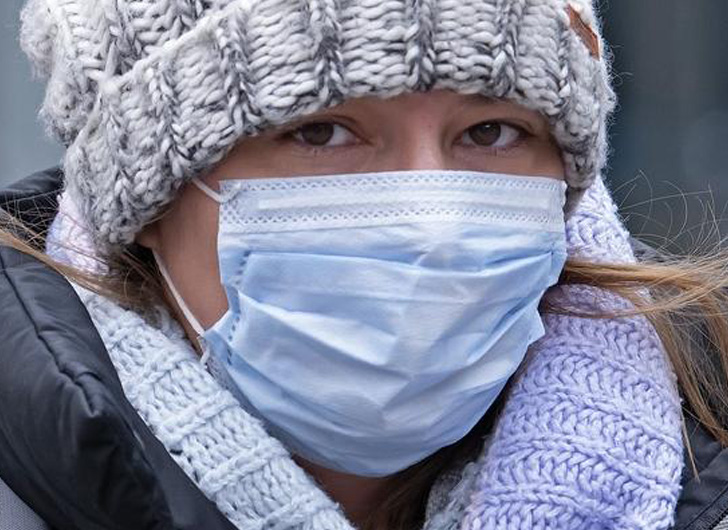 Source: AP
Source: AP
With the CDC now recommending we all wear a cloth face mask when leaving the house, it’s worth noting which fabrics offer the best protection to use in a DIY face mask.
According to
NBC News, the key is to use a high quality cloth that still allows for breathability.
NBC interviewed Dr. Scott Segal who is the chair of anesthesiology at Wake Forest Baptist Health in Winston-Salem. Dr. Segal tested a variety of different cloth materials to find out which ones were better able to filter out small particles – such as viruses.
Dr. Segal told
NBC the best DIY masks were constructed of two layers of heavyweight “quilters cotton” with a thread count of at least 180, and had thicker and tighter weave. Lesser quality fabrics also worked well, as long as they had an internal layer of flannel.
“You do want to use a woven fabric, like batik,” Segal shared with
NBC, “but you don’t want to use a knit fabric, because the holes between the knit stitches are bigger.”
The CDC notes the use of a DIY face mask is not a substitute for social distancing and people should still obey the six foot rule when heading out of the house for essential activities.
According to
USA Today, “The CDC press release says that cloth face coverings fashioned from household items or made at home from common materials at low cost can be used as an additional, voluntary public health measure. They recommend that critical supplies such as surgical masks or N-95 respirators, continue to be reserved for healthcare workers and other medical first responders.”